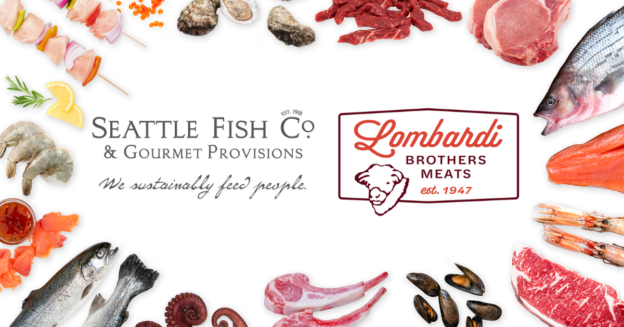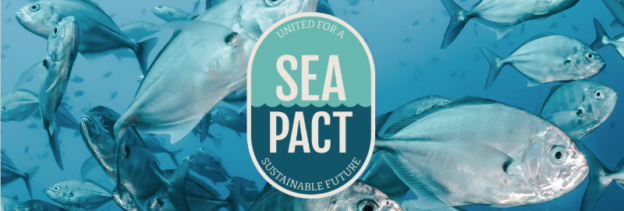Dear Valued Customers,
We’re thrilled to share some exciting news about the future of Seattle Fish Company and Lombardi Brothers Meats. As part of our ongoing commitment to providing you with exceptional products and services, we have a major initiative underway: Lombardi Brothers Meats will be relocating its operations to our Seattle Fish warehouse at 6211 E 42nd Avenue.
This transition is targeted for completion by November 4th. By integrating our operations, we will be able to offer you a combined meat and seafood selection at lower costs with even faster response times, ensuring we continue to meet and exceed your expectations.
As part of the transition to our new location, Lombardi Brothers Meats will be temporarily shutting down operations from November 1st-3rd, with production resuming on November 4th. To ensure you have everything you need, we encourage you to place orders early for any non-stocked Lombardi items. This will help us fulfill your requests in advance and minimize any disruptions.
We’re excited to announce that we will also be moving our state-of-the-art dry aging room to Seattle Fish as part of this transition. At Lombardi Brothers Meats, we take pride in dry aging our meat in a specially designed, oak-beamed refrigerated room, which imparts a unique steakhouse flavor often described as “nutty.” As we move over our oak beams to the new location, you can expect the same exceptional quality and flavor in every cut, continuing our tradition of excellence in dry-aged meats.
Our goal is to maximize value for our customers, and this move allows us to do just that. If you have any questions, or need assistance in placing orders, please contact your sales representative or send us a message at info@seattlefish.com.
Thank you for your continued support and trust in Seattle Fish Company and Lombardi Brothers Meats as we evolve to serve you better.
Sincerely,
Brian Sucher
Director of Sales





